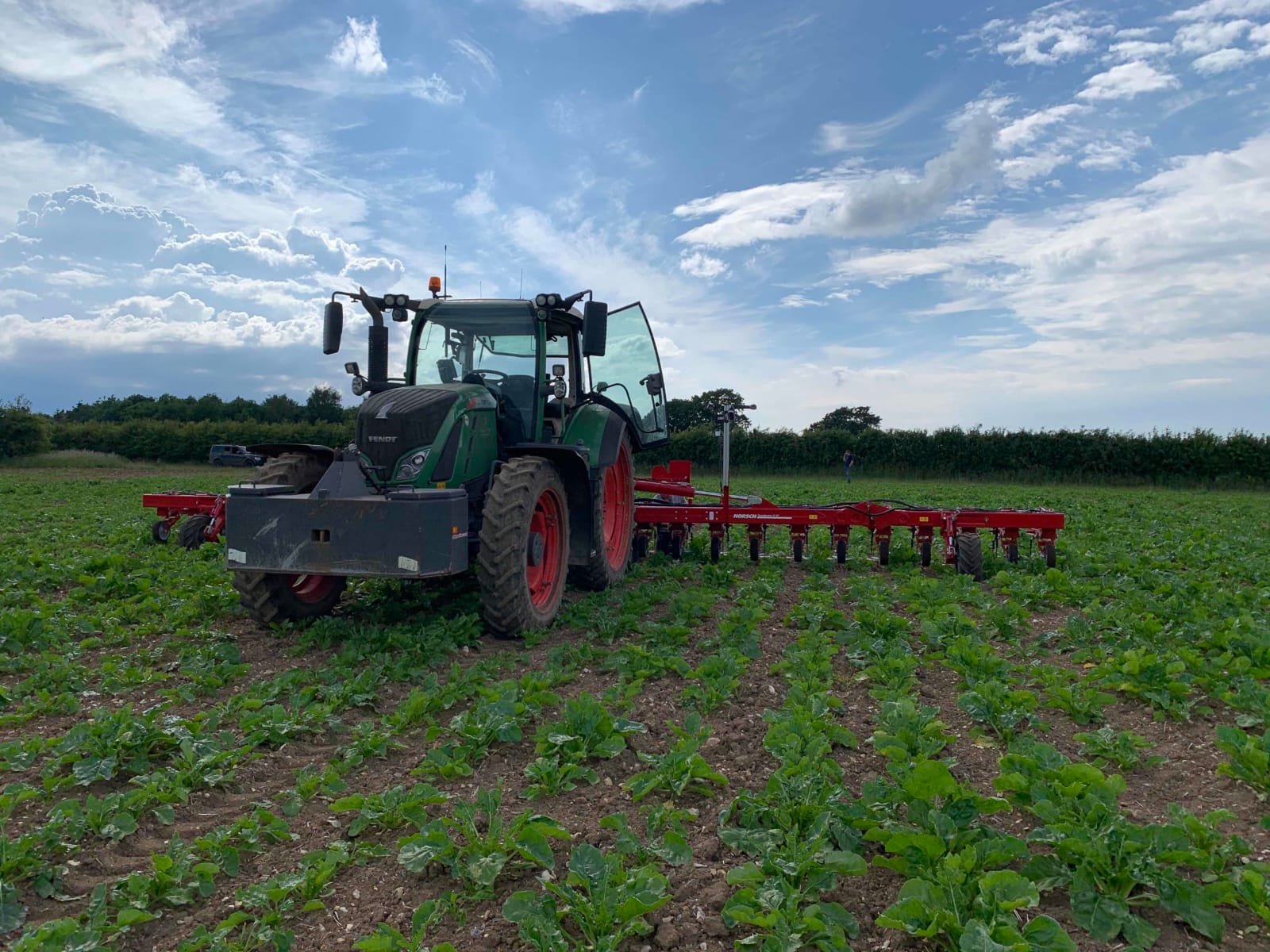Introduction
Controlled Traffic Farming (CTF) is a modern farming practice that has gained significant attention in recent years due to its potential to improve agricultural efficiency, reduce environmental impact, and enhance overall sustainability. This approach involves confining all field machinery and traffic to permanent traffic lanes while leaving crop rows undisturbed. In this article, we will explore the key principles, benefits, and challenges associated with Controlled Traffic Farming.
Principles of Controlled Traffic Farming
1. Permanent Traffic Lanes: In CTF, a network of permanent traffic lanes is established throughout the farm. These lanes are typically raised beds or compacted strips that serve as dedicated paths for farm machinery, including tractors, harvesters, and irrigation equipment.
2. Uniform Traffic Width: CTF systems maintain a consistent width for traffic lanes, often aligning with the machinery’s wheel spacing. This uniformity minimizes soil compaction and ensures that machinery can operate efficiently.
3. Minimal Soil Disturbance: Crop rows are carefully managed to reduce soil compaction and compaction-related issues. This is achieved by avoiding unnecessary passes over the crop rows with heavy machinery.
Benefits of Controlled Traffic Farming
- Improved Soil Health: One of the primary advantages of CTF is its positive impact on soil health. By reducing compaction, CTF systems promote better soil structure, enhanced root development, and increased water infiltration rates.
- Enhanced Crop Yields: CTF can lead to higher crop yields due to improved soil conditions and reduced damage to crop roots. Better access for root systems to nutrients and moisture results in healthier plants.
- Reduced Input Costs: Farmers practicing CTF often report lower fuel consumption and reduced wear and tear on machinery. Fewer passes over the field mean less input costs associated with labor and fuel.
- Environmental Sustainability: CTF contributes to environmental sustainability by minimizing soil erosion, reducing runoff of fertilizers and pesticides, and conserving water resources. It aligns with the principles of precision agriculture, where resources are used more efficiently.
- Long-term Profitability: While implementing CTF may require initial investment and planning, the long-term benefits in terms of increased yields and reduced costs can lead to greater profitability for farmers.
Challenges of Controlled Traffic Farming
- Initial Setup Costs: Implementing a CTF system can be expensive, as it requires investment in machinery, guidance systems, and infrastructure to establish permanent traffic lanes.
- Farm Layout Constraints: Existing farm layouts and field sizes can pose challenges when transitioning to CTF. Some farms may need significant adjustments to accommodate CTF practices effectively.
- Learning Curve: Farmers must acquire new skills and adapt to the technology and techniques associated with CTF. Training and education are essential for a successful transition.
- Crop Rotation Management: Crop rotation and field planning become critical in CTF systems to avoid compaction in the same lanes over time. Careful management is required to optimize the benefits.
Conclusion
Controlled Traffic Farming represents a promising approach to modern agriculture that emphasizes precision, sustainability, and improved soil health. While it comes with challenges, the long-term benefits of CTF, including higher yields, reduced input costs, and environmental conservation, make it an attractive option for farmers looking to enhance their farming practices. As technology and knowledge continue to advance, Controlled Traffic Farming is likely to play an increasingly significant role in the future of agriculture, contributing to a more sustainable and productive industry.

